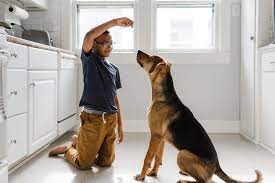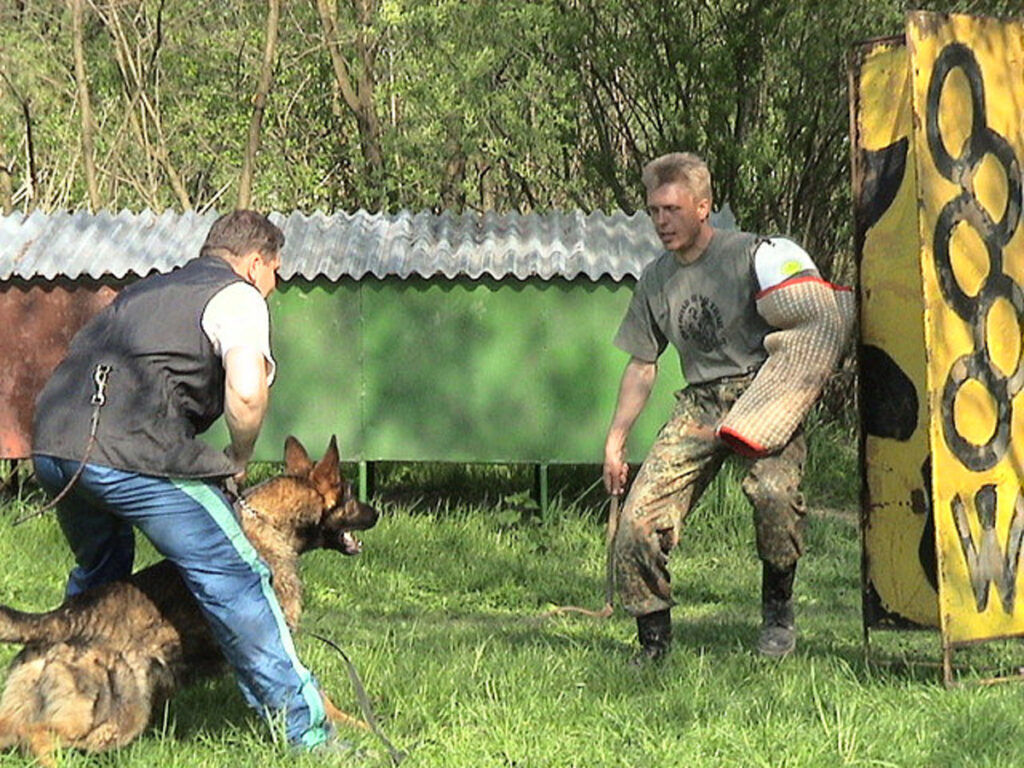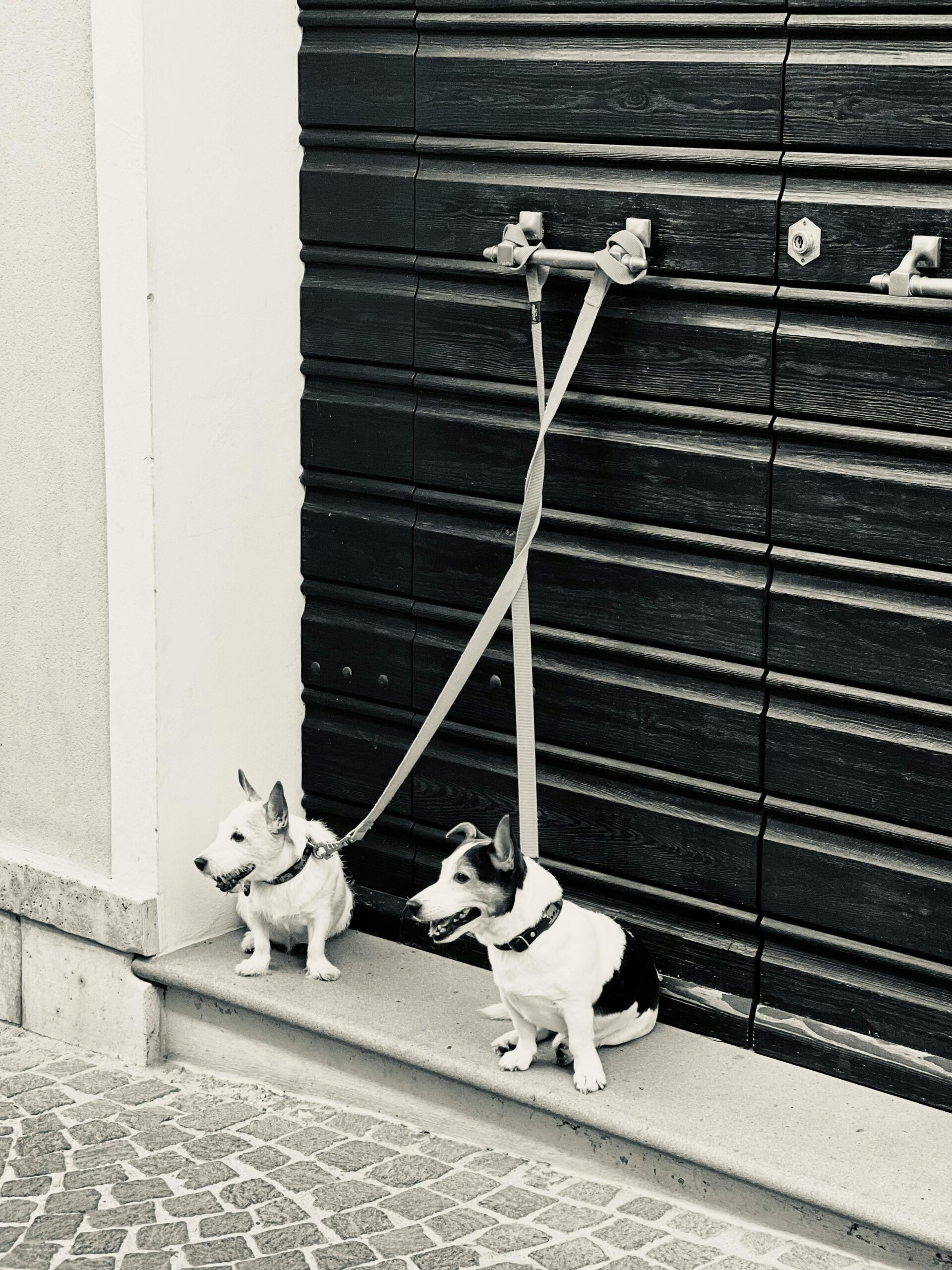Training dog can be a rewarding and fulfilling experience, strengthening the bond between you and your furry companion while also ensuring their safety and well-being. Whether you’re welcoming a new puppy into your home or seeking to improve the behaviour of an older dog, effective training techniques can help shape their behaviour and instil good habits. In this comprehensive guide, we’ll explore the fundamental principles and practical tips for successfully training your dog.
Table of Contents
Understanding the Basics of Dog Training
Before diving into specific training methods, it’s essential to understand the basics of dog behaviour and learning. Dogs, like humans, thrive on positive reinforcement and consistency. Reward-based training, where desirable behaviours are reinforced with treats, praise, or toys, is widely regarded as the most effective approach. Additionally, establishing clear communication and setting realistic expectations are key components of successful training.
Setting Training Goals
Before embarking on a training regimen, it’s helpful to establish clear goals based on your dog’s individual needs and temperament. Whether you’re focusing on basic obedience commands, addressing specific behavioural issues, or teaching fun tricks, having a clear vision of what you want to achieve will guide your training efforts.
Top training tips
- Minimise distractions – always start lessons for new tricks in a quiet room in your house away from any distractions
- Break training up into short but regular sessions so your dog isn’t overwhelmed
- Be patient – just like us, dogs all learn at different rates so don’t worry if your dog doesn’t pick things up straight away
- Always end with something your dog knows, so the session finishes positively
- Have fun – training is a great way for you to bond with your dog!
Creating a Positive Training Environment

A positive training environment sets the stage for success. Choose a quiet, distraction-free area for training sessions, free from loud noises or other pets. Use high-value treats or toys to motivate your dog and maintain their interest during training. Keep sessions short and enjoyable, gradually increasing the duration and complexity of tasks as your dog progresses.
Basic Training Commands
Start with foundational commands such as “sit,” “stay,” “come,” and “heel.” These commands not only enhance obedience but also promote safety and control in various situations. Use consistent verbal cues and hand signals, pairing each command with a reward to reinforce desired behaviour. Practice commands in different environments to generalize learning and ensure reliability.
Addressing Behavioral Issues
Addressing behavioral issues requires patience, consistency, and a thorough understanding of the underlying causes. Whether it’s excessive barking, chewing, jumping, or leash pulling, identify the triggers and develop a tailored training plan to modify behaviour positively. Positive reinforcement techniques, along with redirection and management strategies, can help address unwanted behaviours effectively.
Socialization and Exposure
Socialization is critical for a well-rounded and confident dog. Expose your dog to various people, animals, environments, and stimuli from an early age to prevent fearfulness and aggression. Gradually introduce new experiences in a controlled manner, ensuring positive associations through treats, praise, and calm reassurance.
Advanced Training Techniques
Once your dog has mastered basic commands, you can explore more advanced training techniques and activities. This may include agility training, scent work, trick training, or even canine sports such as obedience trials or agility competitions. Advanced training not only provides mental stimulation but also strengthens the bond between you and your dog.
Consistency and Patience

Consistency and patience are the cornerstones of successful dog training. Progress may be gradual, and setbacks are inevitable, but perseverance and positive reinforcement will yield long-term results. Celebrate your dog’s achievements, no matter how small, and approach training as a collaborative journey between you and your canine companion.
Seeking Professional Guidance
In some cases, seeking professional guidance from a certified dog trainer or behaviourist may be beneficial, particularly for complex behavioural issues or specialized training needs. A professional trainer can provide personalized guidance, tailored training plans, and expert advice to address specific challenges effectively.
Art of Dog Training
In conclusion, training a dog requires dedication, patience, and a deep understanding of canine behaviour. By incorporating positive reinforcement techniques, setting clear goals, and fostering a positive training environment, you can nurture a well-behaved and obedient companion. Remember to celebrate progress, embrace challenges, and enjoy the journey of training and bonding with your beloved canine companion.
Training a dog can be a rewarding and fulfilling experience, strengthening the bond between you and your furry companion while also ensuring their safety and well-being. Whether you’re welcoming a new puppy into your home or seeking to improve the behaviour of an older dog, effective training techniques can help shape their behaviour and instil good habits. In this comprehensive guide, we’ll explore the fundamental principles and practical tips for successfully training your dog.
Understanding the Basics of Dog Training

Before diving into specific training methods, it’s essential to understand the basics of dog behaviour and learning. Dogs, like humans, thrive on positive reinforcement and consistency. Reward-based training, where desirable behaviours are reinforced with treats, praise, or toys, is widely regarded as the most effective approach. Additionally, establishing clear communication and setting realistic expectations are key components of successful training.
Setting Training Goals
Before embarking on a training regimen, it’s helpful to establish clear goals based on your dog’s individual needs and temperament. Whether you’re focusing on basic obedience commands, addressing specific behavioural issues, or teaching fun tricks, having a clear vision of what you want to achieve will guide your training efforts.
Creating a Positive Training Environment
A positive training environment sets the stage for success. Choose a quiet, distraction-free area for training sessions, free from loud noises or other pets. Use high-value treats or toys to motivate your dog and maintain their interest during training. Keep sessions short and enjoyable, gradually increasing the duration and complexity of tasks as your dog progresses.
Basic Training Commands
Start with foundational commands such as “sit,” “stay,” “come,” and “heel.” These commands not only enhance obedience but also promote safety and control in various situations. Use consistent verbal cues and hand signals, pairing each command with a reward to reinforce desired behaviour. Practice commands in different environments to generalize learning and ensure reliability.
Addressing Behavioral Issues

Addressing behavioural issues requires patience, consistency, and a thorough understanding of the underlying causes. Whether it’s excessive barking, chewing, jumping, or leash pulling, identify the triggers and develop a tailored training plan to modify behavior positively. Positive reinforcement techniques, along with redirection and management strategies, can help address unwanted behaviours effectively.
Socialization and Exposure
Socialization is critical for a well-rounded and confident dog. Expose your dog to various people, animals, environments, and stimuli from an early age to prevent fearfulness and aggression. Gradually introduce new experiences in a controlled manner, ensuring positive associations through treats, praise, and calm reassurance.
Advanced Training Techniques
Once your dog has mastered basic commands, you can explore more advanced training techniques and activities. This may include agility training, scent work, trick training, or even canine sports such as obedience trials or agility competitions. Advanced training not only provides mental stimulation but also strengthens the bond between you and your dog.
Consistency and Patience
Consistency and patience are the cornerstones of successful dog training. Progress may be gradual, and setbacks are inevitable, but perseverance and positive reinforcement will yield long-term results. Celebrate your dog’s achievements, no matter how small, and approach training as a collaborative journey between you and your canine companion.
Seeking Professional Guidance

In some cases, seeking professional guidance from a certified dog trainer or behaviourist may be beneficial, particularly for complex behavioural issues or specialized training needs. A professional trainer can provide personalized guidance, tailored training plans, and expert advice to address specific challenges effectively.
In conclusion, training a dog requires dedication, patience, and a deep understanding of canine behaviour. By incorporating positive reinforcement techniques, setting clear goals, and fostering a positive training environment, you can nurture a well-behaved and obedient companion. Remember to celebrate progress, embrace challenges, and enjoy the journey of training and bonding with your beloved canine companion.






























































2 thoughts on “Mastering the Art of Dog Training: A Comprehensive Guide”